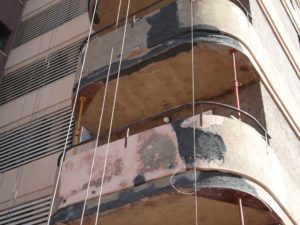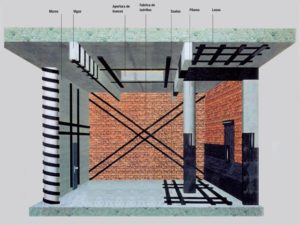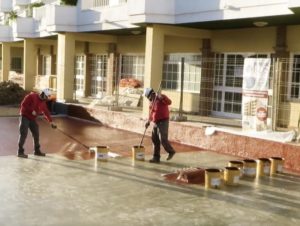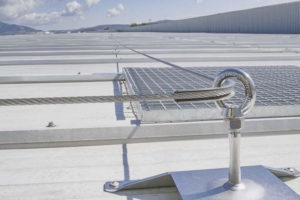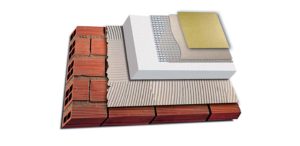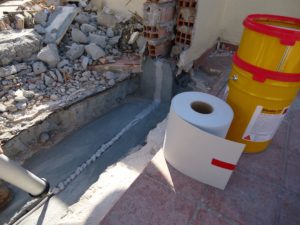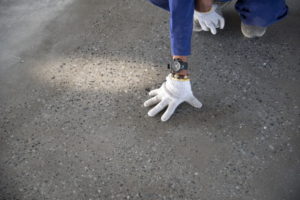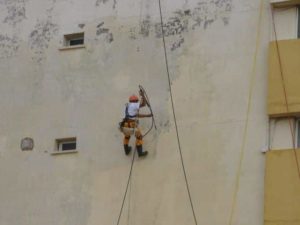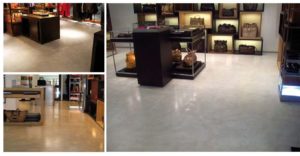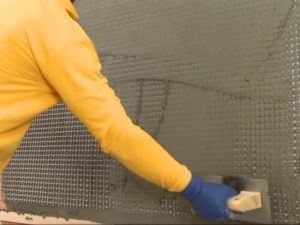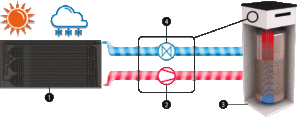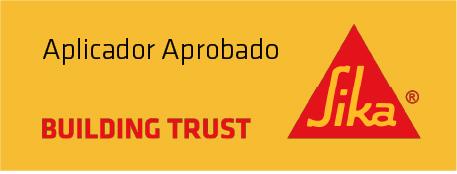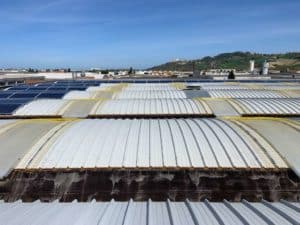
differences work at height / rope access
Differences between working at heights and rope access work
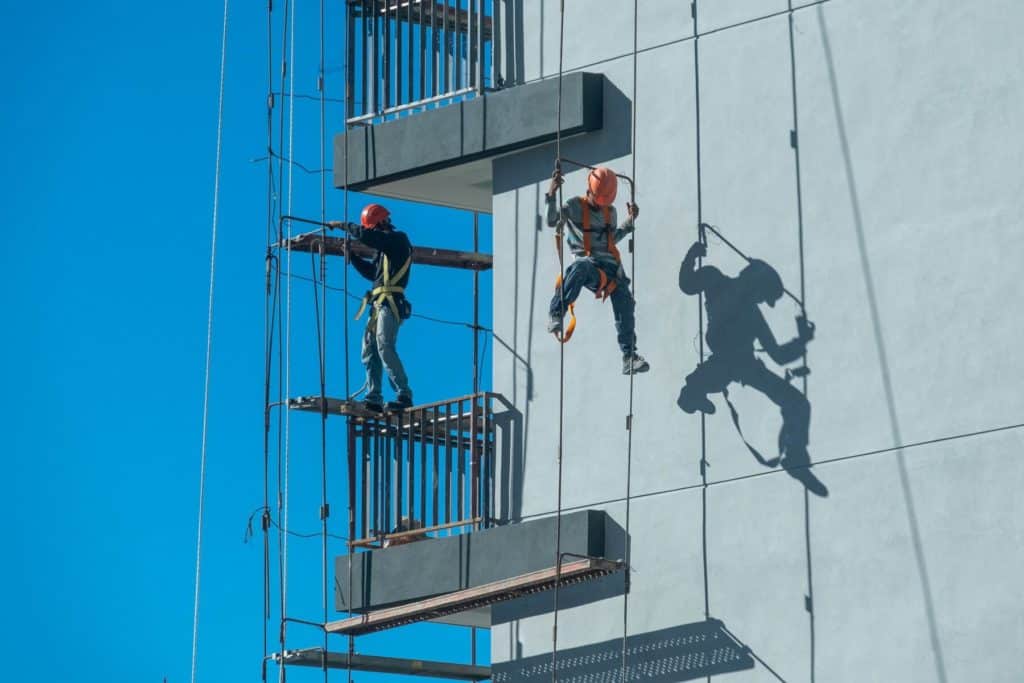
2.1. The regulatory framework
One of the key differences between work at height and rope access is the regulations governing it. Work at height generally refers to any activity performed at a certain distance from the ground, such as working on a roof, ladder or elevated platform. Such work is regulated by general occupational safety regulations, such as those setting out requirements for the use of harnesses, guardrails and other fall protection measures.
On the other hand, rope access work refers specifically to activities performed on vertical structures, such as towers, tall buildings or rock walls. These works are subject to more specialised regulations, which may include specific standards for the use of rope access equipment, rescue techniques and specialised training for workers.
2.2. The field of work
Another important difference lies in the field of work. Work at height can cover a wide range of activities in a variety of environments, from construction to window cleaning to tree pruning. This work can be carried out both outdoors and indoors, and conditions can vary significantly depending on the environment.
By contrast, rope access work focuses specifically on vertical structures and is often carried out in industrial or construction environments. This may involve accessinghard-to-reach areas using specialised techniques, such as the use of ropes or suspended platforms.
2.3. Necessary and appropriate equipment
Work at height and rope access require specific equipment, but the types of equipment may differ. In work at height, the use of safety harnesses, lifelines, guardrails and scaffolding is common. This equipment is designed to protect the worker against falls and provide a safe working environment at elevated heights.
In rope access work, more specialised equipment is used, such as full body harnesses with suspension systems, ascent and descent devices, static and dynamic ropes, and structural anchors. This equipment is designed to allow workers to move vertically along a structure in a safe and efficient manner.

